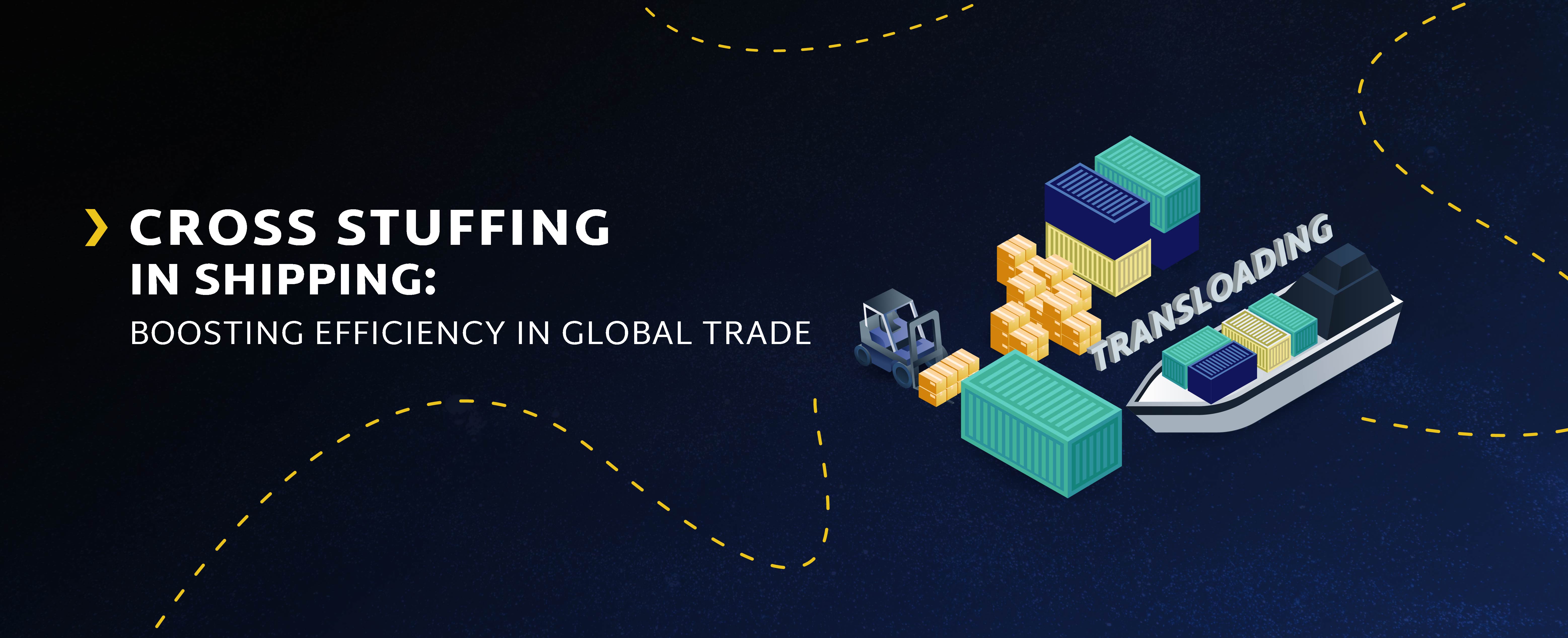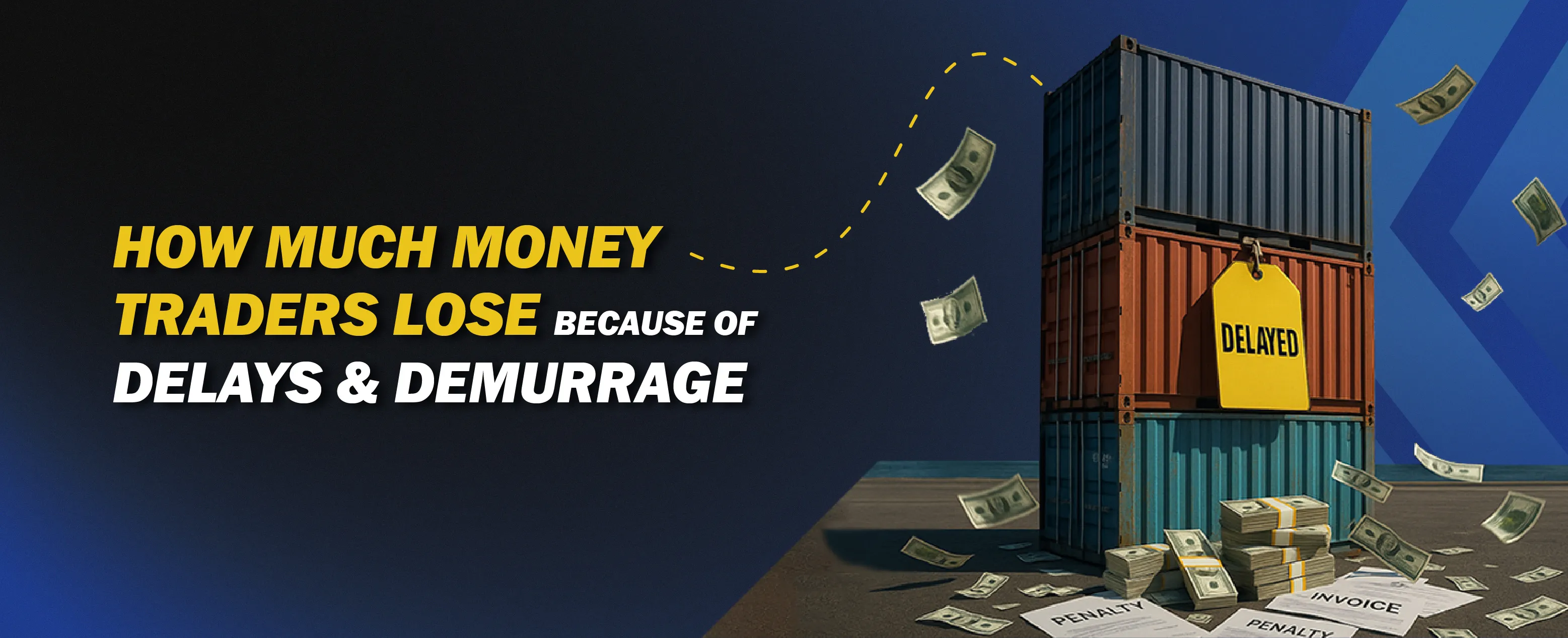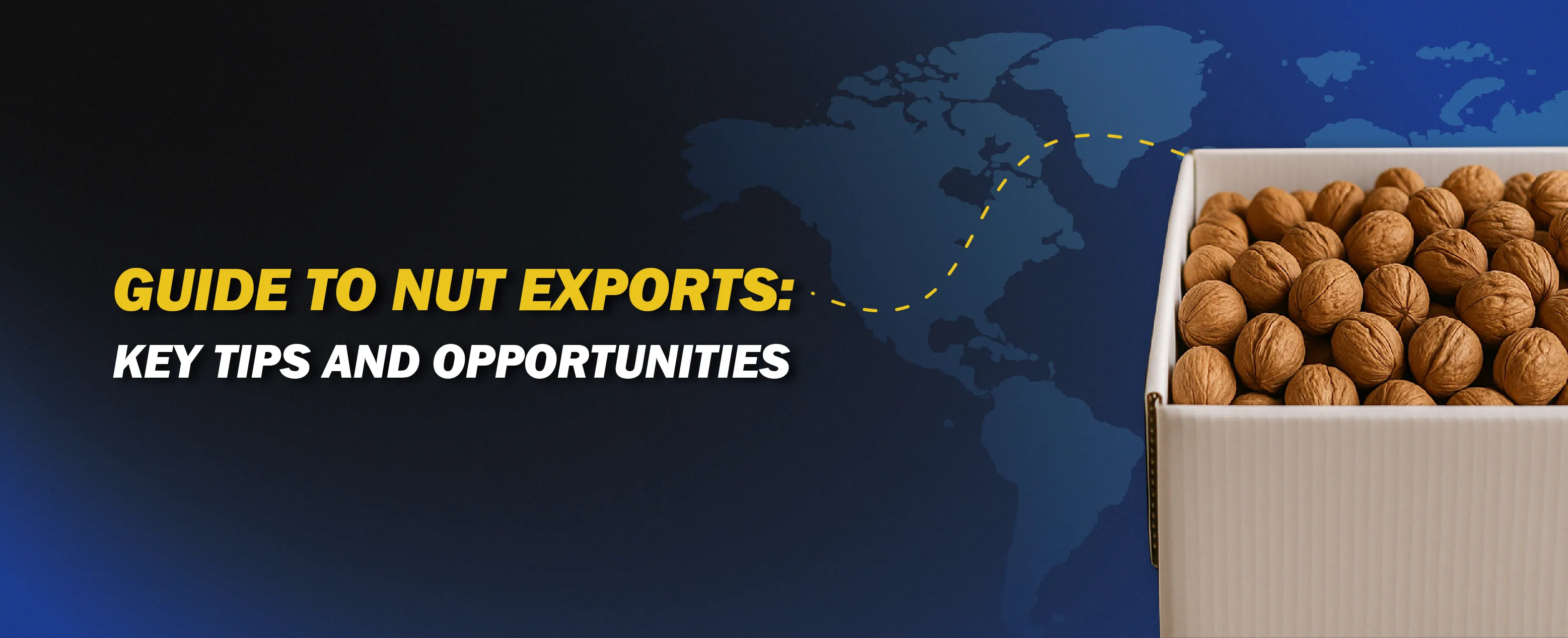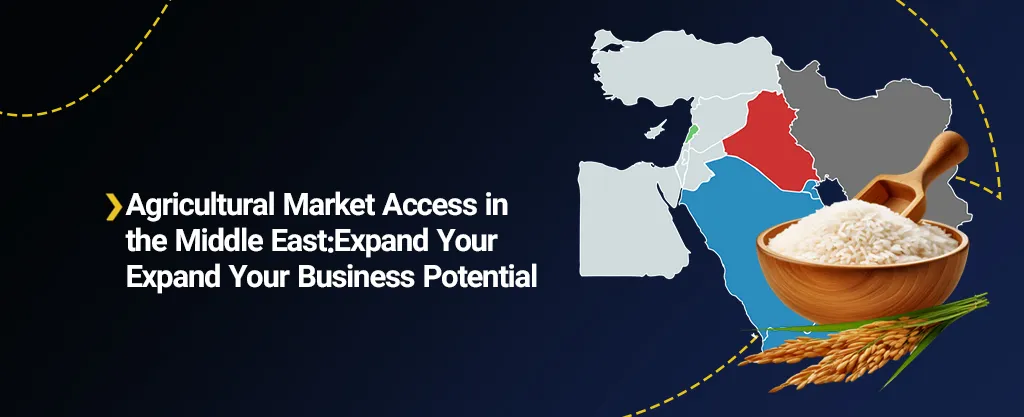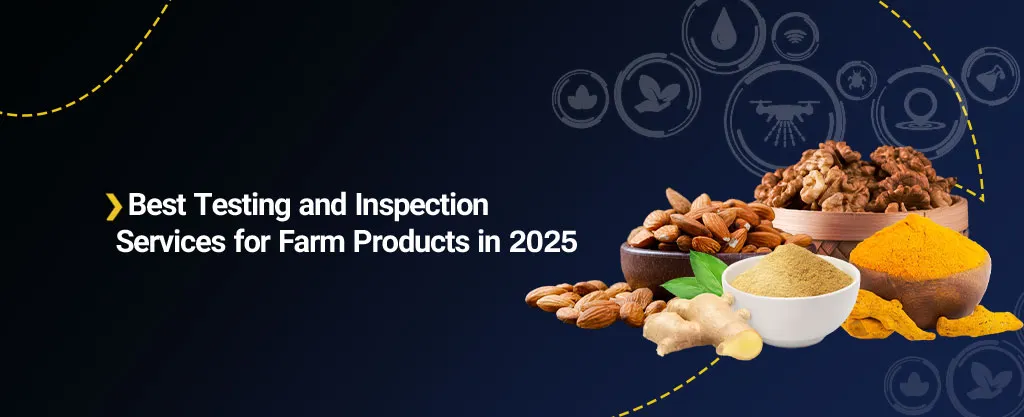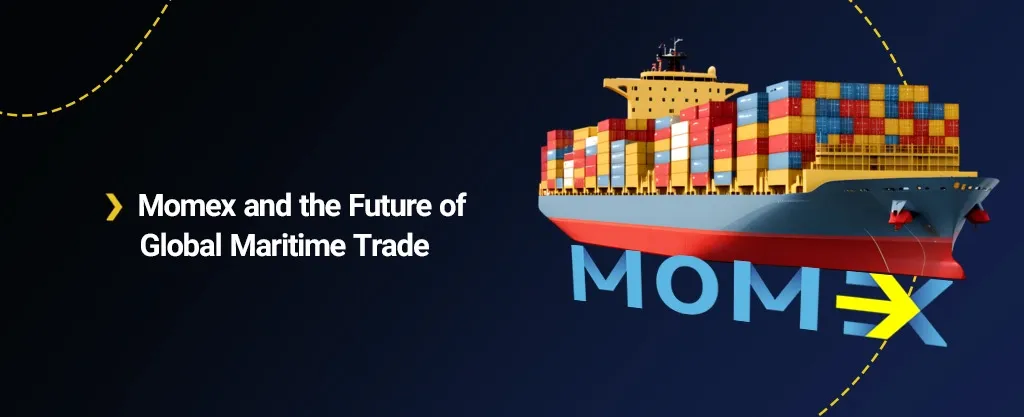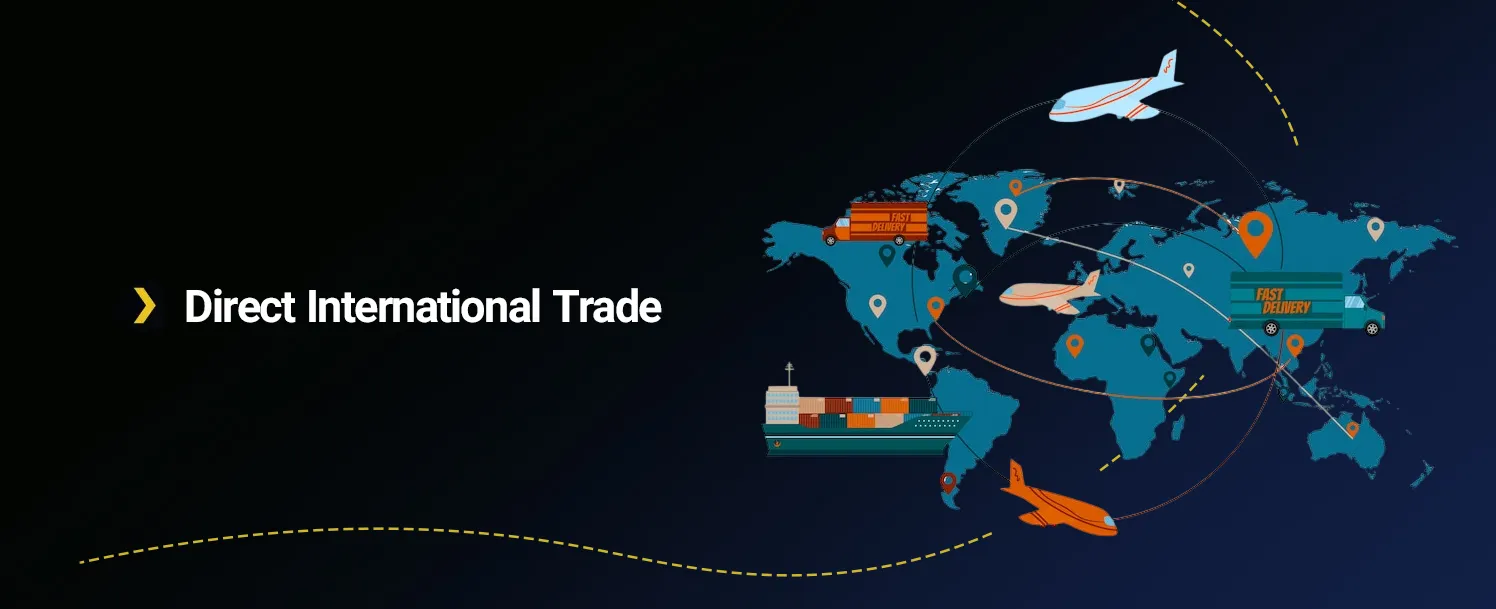In today’s globalized economy, efficient and adaptable logistics are critical for sustaining the flow of goods across borders. Businesses face increasing pressure to minimize costs, maximize efficiency, and adapt to ever-changing market dynamics. One strategy that has proven invaluable in achieving these goals is cross-stuffing. This operational approach, which involves transferring cargo between containers during transit, addresses numerous logistical challenges and enhances supply chain efficiency. In this article, we delve into the concept of cross-stuffing, its advantages, challenges, practical applications, and its future impact on global trade.

What is Cross Stuffing?
Cross stuffing, often referred to as transloading, is the process of transferring cargo from one container to another during its journey. This technique is frequently used when the original container is unsuitable for the final leg of transit or when logistical requirements necessitate a change. For example, goods may need to be transferred from an international shipping container to a domestic one that better aligns with regional regulations or transport modes.
This process typically occurs at ports, warehouses, or specialized transloading facilities. During cross stuffing, goods are unloaded, inspected, and reloaded into new containers, ensuring minimal risk of damage or loss. The careful handling of cargo at this stage is critical for maintaining product integrity and meeting customer expectations.

Benefits of Cross Stuffing
Cross stuffing is a better strategy that offers a wide variety of benefits to the shipping industry. The key advantages include the following:
1. Cost Efficiency
Cross-stuffing consolidates goods from a number of shipments or redistributes cargo to maximize the utilization of a container. Partially filled containers are reduced, which again cuts down on overall transportation costs and increases profitability. Furthermore, it helps an organization optimize freight costs by matching cargo volumes with the capacity of containers, thus avoiding unnecessary expenditure.
2.Increased Flexibility
Cross-stuffing is also more flexible towards changes in routes of shipment, modes of transport, and regulatory changes. For instance, businesses can easily shift from ocean freight to rail or truck transport due to sudden changes in route or disruptions. It is highly applicable to industries with fluctuating demands or where sudden delays could disrupt supply chains.
3. Smooth Supply Chains
The effective consolidation of cargo through cross-stuffing cuts down on waiting for containers, the utilization of storage space, and hurried delivery schedules. Since cross-stuffing enables businesses to re-pack and reorganize shipments on the fly to meet rapidly changing market needs, it certainly gives them that needed edge of competitiveness.
4. Regulations Compliance
Various regulations concerning shipment by sea may require changes in the type of container or arrangement. Cross-stuffing ensures that all requirements are followed without compromising the schedule. For example, some countries have regulations on the types of containers to be used, and cross-stuffing makes it seamless to follow such decrees.
5. Risk Reduction
In cases where containers get damaged or become unfit for future use, cross-stuffing helps to move products to good and intact containers, minimizing loss or spoilage of products. Another risk that cross-stuffing mitigates is associated with hazardous materials by securely repackaging them into appropriate containers.

Application Crossover in Many Industries
Cross-stuffing applications are common to many industries that require unique specifications:

- Agriculture: Fresh produce and other perishable items are greatly concerned with handling. Cross stuffing maintains goods during transit, whether in terms of temperature or whatever conditions in storing goods, at freshness levels. This is so critical to exporters dealing in fruits, vegetables, and dairy products.
- Pharmaceuticals: Cross-stuffing is a very important process in the transportation of sensitive medications due to the strict temperature controls and regulatory compliances. For instance, lifesaving drugs require cold chain logistics without interruption, which cross-stuffing facilities can guarantee.
- Heavy Machinery: Heavy, bulky, or irregularly shaped items require specialized handling in cross-stuffing to meet the standards of safety and space utilization. Such practice is important in construction, and mining industries, among others, where large machinery components are to be delivered safely.

Cross Stuffing’s Challenges
Despite its advantages, cross-stuffing carries with it some complexities, which must be properly negotiated by businesses.:
1. Operational Intricacies
The process requires detailed planning to ensure smooth transitions. Any oversight can lead to delays, misplaced goods, or damaged cargo. Efficient communication between logistics providers, shipping lines, and customs authorities is required to address these challenges.
2. Infrastructure Costs
The setup and operation of cross-stuffing facilities involve huge investments. In areas where infrastructure is at a premium, the costs outweigh the benefits, especially for small-scale operators who cannot have the scale to justify such costs.
3. Time Sensitivity
Adding just one more link in the chain may result in longer times of transit, most especially when inefficiency occurs at the point of cross-stuffing. Businesses can minimize delays, though, provided there is ample planning and a proper schedule.
4. Safety and Security Issues
More freight transfer means greater vulnerability to theft, tampering, or contamination. The implication here is the use of intensive security measures such as CCTV monitoring, sealing, and access control procedures. Besides, technologies like blockchain can be implemented to increase trust among stakeholders.

Best Tips for Cross Stuffing
The following tips will enable organizations to maximize the benefits of cross-stuffing:
- Leverage Technology Advanced tracking systems, inventory management software, and automation will enhance visibility and accuracy during cross-stuffing. These technologies reduce human error, enhance the efficiency of operations, and keep stakeholders updated in real time.
- Engage with Experts: There is partnering that ensures the cargo is handled in conformance with international standards. Reliable partners bring industry knowledge and resources to bear on smoothing the process.
- Quality Control: Regular inspections at every interval along with proper standardization ensure minimal errors in the quality of goods. The goods' integrity, packaging standards, and labeling requirements are some of the aspects to be inspected.
- Personnel Training: Full training of personnel will have them prepared to handle goods with care, besides adapting to any challenges unforeseen in the process. A well-trained workforce reduces risks associated with improper handling, thus ensuring a smooth operation.

Future of Cross Stuffing
As the global shipping landscape evolves, cross stuffing is poised to play an increasingly significant role. Technological advancements, sustainability efforts, and innovations in logistics will shape the future of this practice:
1. Automation
The integration of automated equipment, such as robotic arms and conveyor systems, can enhance precision and reduce human errors in the cross-stuffing process. Automated container scanning systems can also accelerate the identification and organization of goods.
2. Blockchain Technology
By providing secure, transparent documentation, blockchain ensures seamless tracking and compliance, reducing paperwork and enhancing trust among stakeholders. This technology also supports faster customs clearance processes, expediting shipment movements.
3. Sustainability Initiatives
As industries prioritize eco-friendly practices, innovations in energy-efficient facilities and recyclable container designs will become critical. Businesses adopting green logistics will find cross stuffing essential in reducing carbon footprints by optimizing transport loads.
4. Real-Time Analytics
Advanced data analytics will provide insights into container utilization, transit times, and bottlenecks, enabling continuous improvement. Data-driven decisions will further optimize resource allocation and minimize delays.
5. Global Trade Dynamics
Increasing trade between emerging markets will necessitate more sophisticated logistics solutions, including cross stuffing, to accommodate diverse regulatory and infrastructural requirements.

Conclusion
Cross stuffing is a transformative strategy in modern logistics, offering unparalleled flexibility, cost savings, and efficiency for global trade. While it involves certain complexities, the adoption of technology, strategic planning, and skilled partnerships can unlock its full potential. By minimizing waste, optimizing container usage, and ensuring compliance with regulatory requirements, cross stuffing not only addresses current logistics challenges but also anticipates future ones.
As industries face mounting pressures to streamline operations and embrace sustainable practices, cross stuffing emerges as a linchpin of global trade strategies. Its role in reshaping the supply chain underscores the need for investment in infrastructure, training, and technological innovation. In a world that values speed, adaptability, and reliability, cross stuffing ensures that businesses can deliver on their promises while adapting to an ever-changing landscape of international commerce. Ultimately, the continued evolution of cross stuffing practices will solidify its place as an integral component of a resilient and forward-thinking global trade ecosystem.



